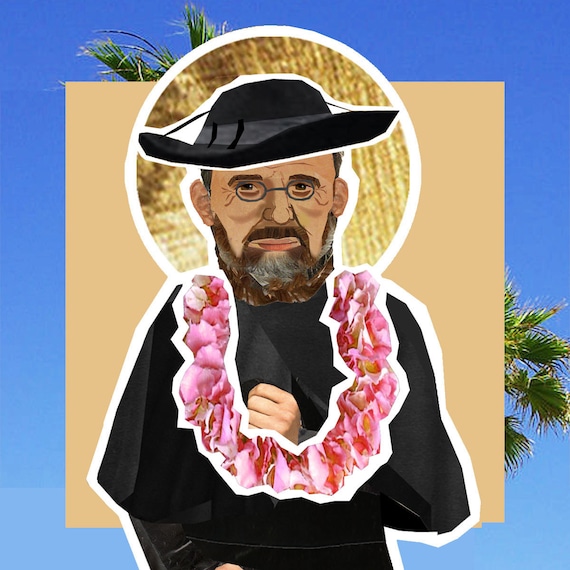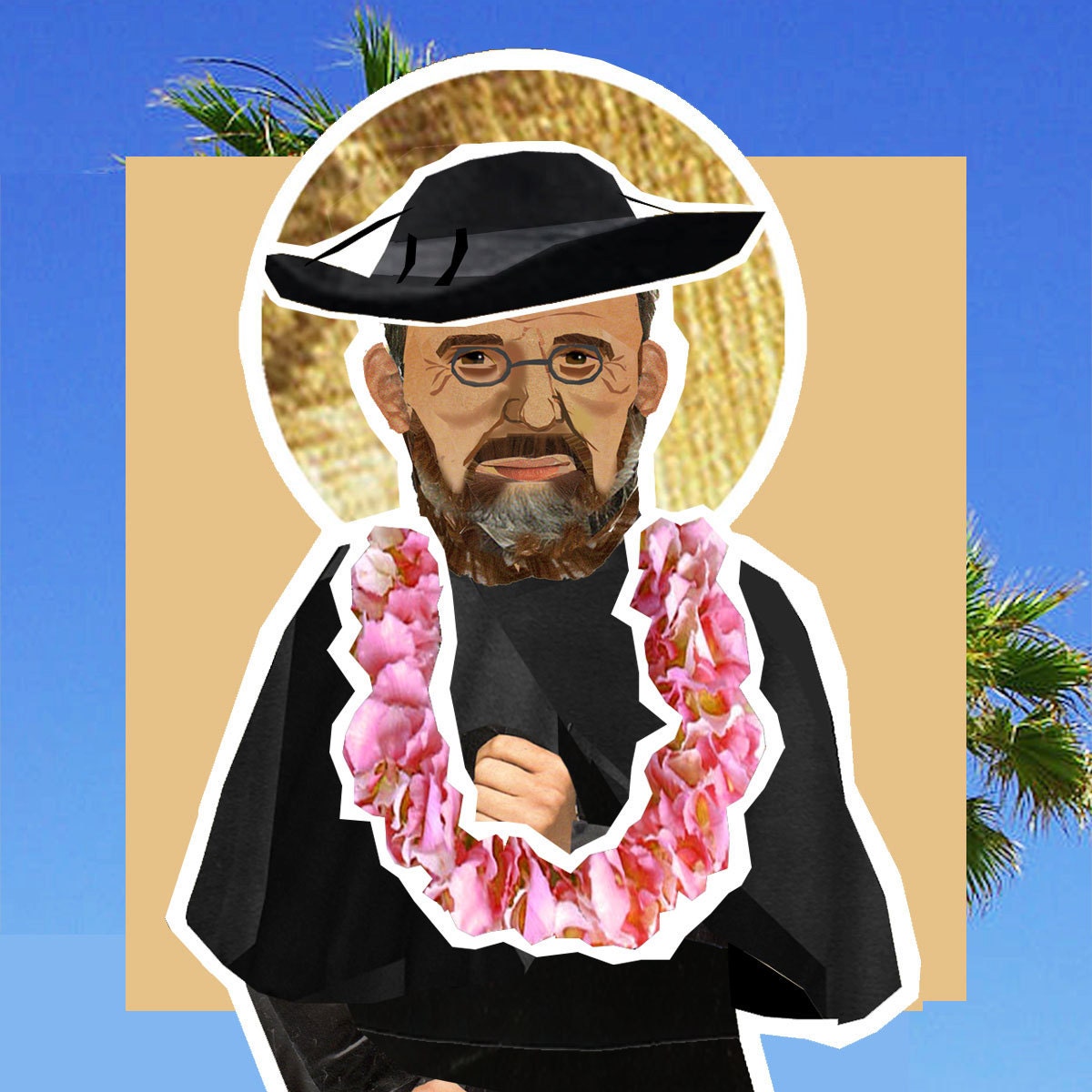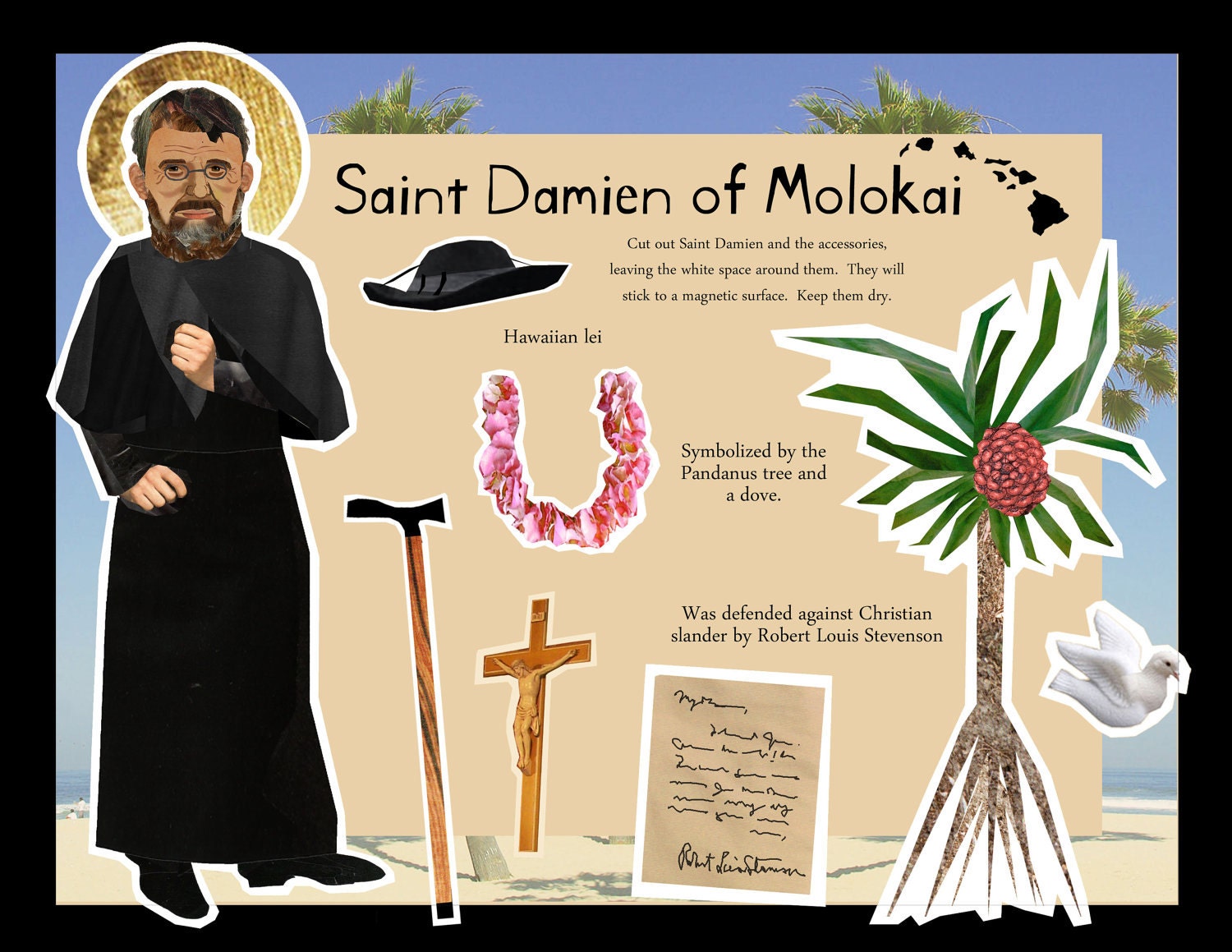 |
| Blessed Marianne Cope |
Hawaii Magazine.com: Tue Feb 21, 2012 The Vatican announced this week that
Blessed Marianne
Cope — a Roman Catholic nun who cared for Hansen's Disease (leprosy)
patients on Molokai for three decades beginning in the late 1880s — will be
named as a saint during a canonization ceremony set for Sun. Oct. 21.
The
ceremony at the Vatican in Rome will mark completion of the canonization process
for Mother
Marianne, who will be venerated as a saint in the Catholic Church.
Also, a special day on the annual church calendar, Jan. 23 (Blessed Marianne’s
birthday), will be designated as her “feast day,” according to a news release
issued by the Syracuse N.Y.-based Sisters of St. Francis of the Neumann
Communities.
“Learning the date for the canonization ceremonies completes
the cycle of 37 years of efforts to get us to this moment,” Sister Patricia
Burkard, general minister of the Sisters of St. Francis of the Neumann
Communities, said in the release.
The Sisters of St. Francis petitioned
Pope Paul VI to open the cause for Mother Marianne’s canonization in 1974. Nine
years later, an official registration took place, which then led to the titles
of venerable, blessed and, now, saint. Canonization is conferred when the
Vatican attributes two cases of miracles to a candidate for sainthood. In 2004 and 2011
, Vatican officials ruled that cases of inexplicable
medical recovery were due to Mother Marianne’s intercession.
Barbara
Koob (now officially "Cope") was born on Jan. 23 1838 in West Germany. The next
year, her family moved to the United States and settled in Utica, N.Y. At age
24, Barbara entered the Sisters of St Francis in Syracuse, N.Y., where she
received the religious habit, the name "Sister Marianne" and began working as a
teacher and principal in several elementary schools in New York state.
In 1883, when an emissary from Hawaii sent letters seeking
Catholic sisters to provide health care on the Hawaiian Islands, especially to
patients with Hansen’s Disease, Mother Marianne was the only religious leader —
out of 50 contacted — to respond positively.
She reportedly wrote to the
emissary: “I am not afraid of any disease, hence, it would be my greatest
delight even to minister to the abandoned "lepers.'"
More than 10 years
earlier, thousands of Hansen's Disease patients throughout the Islands had been
sent by government order to Molokai’s isolated Kalaupapa peninsula. In 1873,
Father Damien de Veuster moved to the island to live among the patients and
minister to them. (Saint Damien was canonized in 2009.)
Mother Marianne
first met Father Damien in January 1884, when he was in apparent good health.
Two years later, in 1886, after he had been diagnosed with Hansen's Disease,
Mother Marianne was reportedly the only religious leader to offer hospitality to
the priest. (His illness made him an unwelcome visitor to church and government
leaders in Honolulu.)
Several months before Father Damien's death in
1889, at age 49, Mother Marianne agreed to provide care for the patients at the
Boys' Home at Kalawao that he had founded. Subsequently, Mother Marianne, along
with two other nuns, ran the Bishop Home (for girls) and the Home for Boys at
Kalawao.
Mother Marianne never returned to Syracuse, and neither she nor
the two nuns she worked with contracted Hansen’s Disease. Mother Marianne died
on Aug. 9, 1918 in Hawaii and was buried on the grounds of Bishop Home.
For more information about Blessed Marianne Cope’s work in the Islands,
click here.









